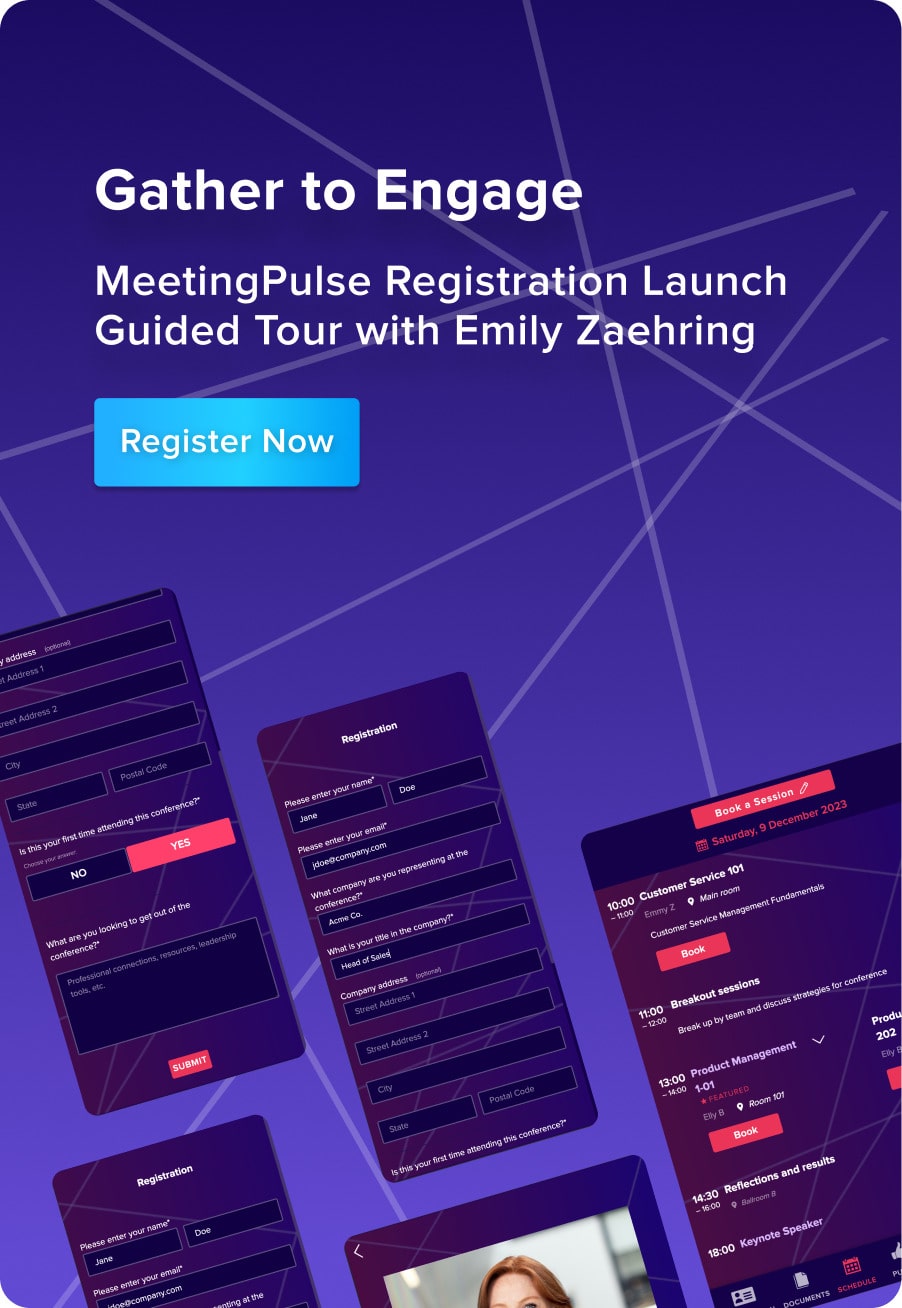Ever come across a term that makes you squint and say “Huh?” — but after you dig into what it actually means, you realize you had long applied the concept behind it? For example, you likely already know what sentiment analysis means.
Sentiment analysis — also called opinion mining — involves the positive and negative sentiment (or emotional tone) expressed in written or spoken word. People and organizations constantly perform sentiment analysis informally (and people do unconsciously) to see how actions are being perceived and to adjust accordingly. But in the business world, the term applies to a technology-based way of performing this function on a large scale. This text analysis process is a way to examine language to help us understand whether a response or statement is positive, negative, or neutral.
Businesses and other organizations wish to analyze sentiment as part of market research so they can learn how consumers are responding to their goods or services — and why. One person can clearly understand, when someone else says “Maybe,” that the speaker of that seemingly neutral word actually means “yes” or “no.” We do it naturally. But a business needs complex sentiment analysis tools to review 1,000 responses to a survey or 1,000 online reviews and draw clear, actionable information.
In this article, we’ll discuss issues surrounding sentiment analysis, including how it can be used in leading events and meetings.
What is sentiment analysis and how does it work?
Sentiment analysis sometimes uses deep learning, machine learning, and natural language processing to evaluate the positive or negative sentiments expressed in digital or online conversations. It takes all of the input we can throw at it and tells us how respondents feel about something on a macro scale.
The process is especially useful in handling large amounts of data that could not easily be assessed by one person or team of people. It’s nearly impossible for even the best marketing expert to match the ability of data scientists using artificial intelligence to collect all the comments, possibly from different sources, and evaluate them in a timely — and correct — manner.
In general, three sentiment analysis models (using various sentiment analysis algorithms) are used to determine sentiment value.
- Automatic. Systems rely on machine learning techniques to learn from data.
- Rule-based. Systems will automatically perform sentiment analysis based on a set of created rules.
- Hybrid. Systems will combine rule-based and automatic approaches.
Sentiment analysis at meetings and events
With the proper tools, people who lead meetings and events — especially large ones — can benefit from immediate sentiment collection and analysis.
MeetingPulse, for example, offers the Pulse™ sentiment expression solution, which is designed specifically for collecting this kind of information. It allows attendees to select from various emoji-based options (which come with explanatory terms (like “Agree” or “Disagree”, or “Excited”, “Confused”, “Meh”, or “Overloaded”) at the onset of a meeting and as it unfolds. Thus, a meeting or event leader can gain live sentiment scores as results are analyzed.
In addition to Pulse, MeetingPulse’s real-time polls and surveys, live Q&As, and other functions also allow for rating and multiple-choice questions. These tools also can collect data on attendee sentiments and views. And because Pulse and other interactive tools give presenters and organizers real-time results, you can use a sentiment score to make quick adjustments or changes to improve attendee happiness, as well as plan for better future meetings and events.
This kind of information is incredibly valuable. By collecting data on employee opinions at an all-hands meeting, for example, companies can make better decisions. The benefits can be seen internally and by consumers, shareholders and the general public. It allows leadership to get feedback from many groups of people and make the most of it.
Scaling up with data science
Mostly, using sentiment analysis is a question of scale. It’s helpful when you have a large volume of text-based information that you need to generalize from. While sentiment analysis has many uses, there are some standard areas where it can particularly useful for businesses, whether during meetings with employees, partners, or customers, or asynchronously, including:
- Assessing employee feedback. It can make processing employee feedback, especially in a large organization, much easier.
- Monitoring social media. Used for social media listening, it can help with day-to-day monitoring, around specific events or products, and evaluate social media mentions or other engagements.
- Analyzing survey responses. Similar to feedback, it can be used to analyze larger amounts of survey data.
- Evaluating customer sentiment. It can be used to find both an organization’s happy and unhappy customers, giving insight into what’s working for your business and, even better, what isn’t.
Sentiment analysis technology
We mentioned natural language processing (NLP) tools earlier, so let’s dive into what that means, look at some examples of how it works and see how it can be a bit tricky to pull off.
Both NLP and rule-based analysis algorithms will process data, evaluating positive and negative words in responses as well as any neutral sentiment, and then using sentiment classification to organize the data. The programs render that qualitative data into a chart (like a bubble graph, for example) to help people understand what it means. These visual representations help the survey creator grasp how the respondents feel about a specific situation, such as brand recognition, a product or a service.
As previously mentioned, there are various sentiment analysis systems, and they can each be used in different manners to approach sentiment analysis, including social media, open-source solutions, various languages, surveys, data, and more.
Sentiment analysis can help you collect unbiased data, results that are measured consistently, and insights that are finely tuned, all while leaving your staff or team members open to handle other important tasks. However, because some of the techniques and associated tools are still developing, sentiment results might not always be flawless. There remains a place for some amount of manual review to do a spot check of your results.
Conclusion
Any business stands to benefit by knowing how its employees, clients and consumer base feel on a deeper level. By employing sentiment analysis tools like MeetingPulse’s Pulse, your organization can get much closer to understanding how meeting participants are reacting to the proceedings. That information can lead to immediate shifts and long-term improvements.
MeetingPulse can help your organization find out how people really feel, giving you all the insight you need to better your brand.








